With income inequality as high today as it was in the 1930s, high society of the past presents a not-too-different vision of our divided present.
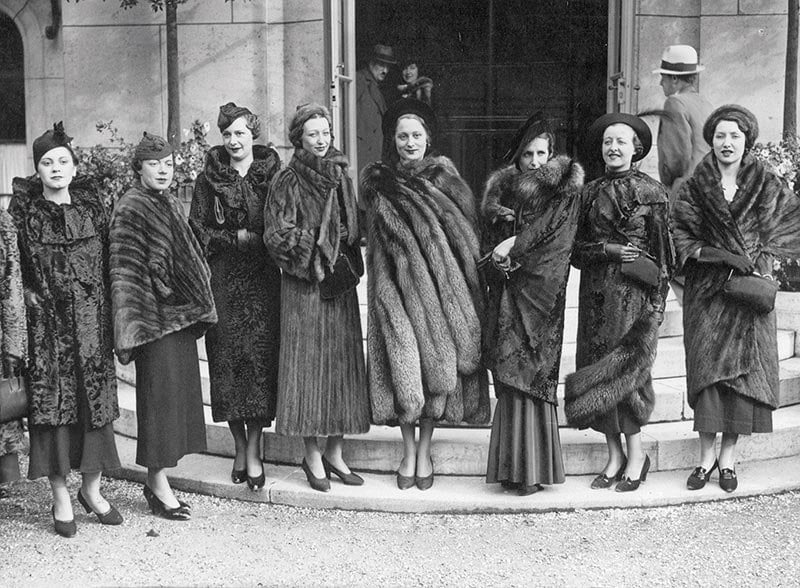
Models at the Longchamp Races in France display the latest fur fashions, clothing that the average 1930s woman couldn’t afford.
The Wall Street Crash of 1929 hurtled the coming decade into a financial crisis known as the Great Depression that would leave a lasting impact across the globe.
Authoritarian governments would sink their teeth into nations in Europe, Asia and South America, while most Americans and Canadians suffered from extreme poverty and starvation. Labor rebellions broke out in the English controlled Caribbean and Mohandas Gandhi led a march to the sea as a stand against Imperialism. The 1930s proved to be a difficult time for many, and would eventually lead to the rise of Nazism and the start of World War II.
But wealth puts a cushion between an individual and hard times. No social injustice or looming war could stop high society. With advancements in radio and film–along with the repeal of Prohibition in 1933–celebrities, socialites and aristocrats were ready to let loose.
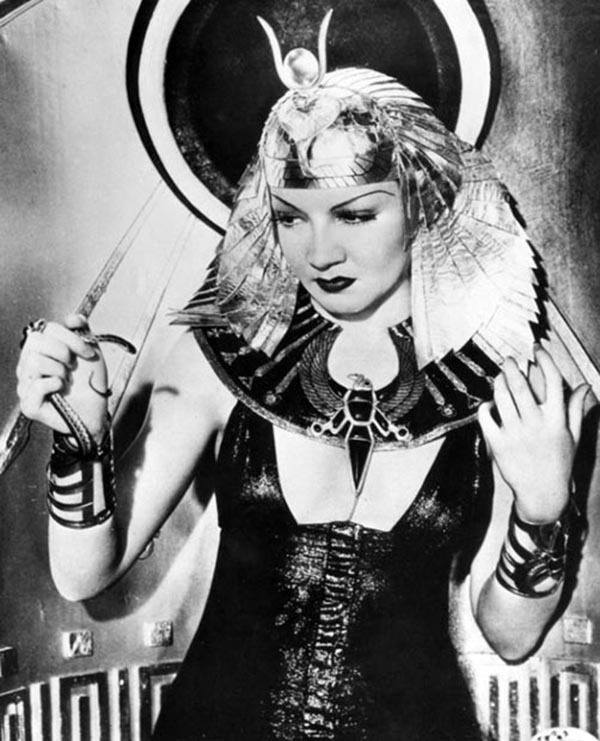
Cleopatra featuring Claudette Colbert is an example of the grandiose spectacles created by Hollywood studios. Source: A Certain Cinema
Extravagant soirees were a way for the world’s upper echelon to escape the dreary economic and political realities, and remind themselves that, like superheroes, they were immune to even the most severe of shocks.
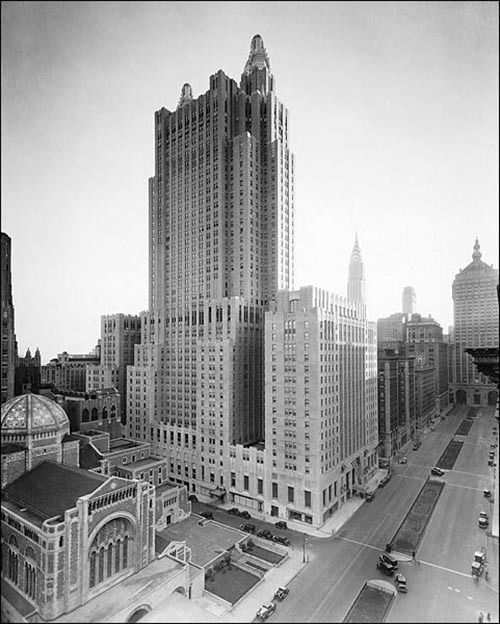
Gossip columnist Elsa Maxwell was given her own free suite at the hotel because of her connections with the rich and fabulous.
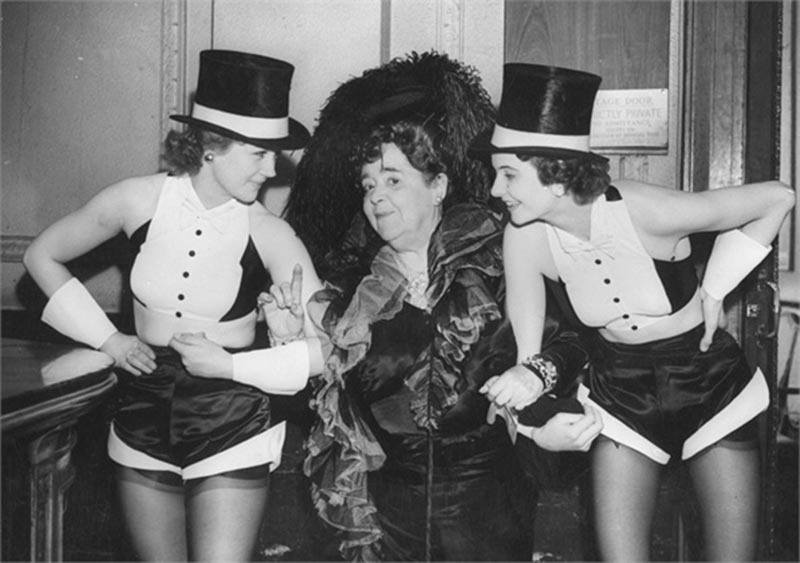
Elsa Maxwell (center) pictured with Idina Peacock and Davina Portman. Elsa claimed poverty, with all of her parties being paid for by someone else. Source: Vogue
It is during this time that the Waldorf-Astoria in New York City opened its doors at a cost of $42 million ($600 million today). El Morocco and The Stork Club were the trendiest spots in New York City, frequented by socialites and the Hollywood elite, including Tallulah Bankhead, Carmen Miranda and Charlie Chaplin.
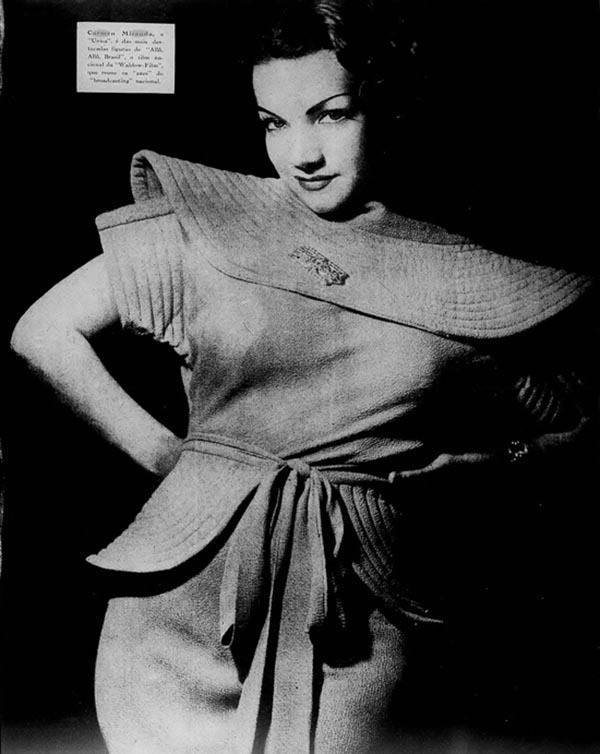
Young Carmen Miranda in 1935.
The West Coast saw its share of extravagance as well. Newspaper king William Randolph Hearst hosted lavish celebrations and commissioned new bedrooms at Heart Castle to accommodate his plethora of guests.
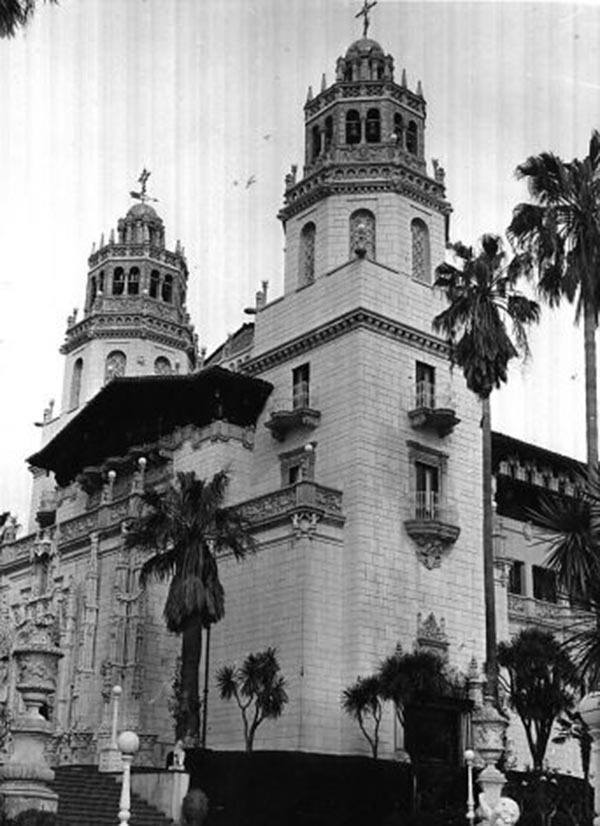
Hearst Castle is a blend of architectural styles given the owner’s fondness for purchasing ancient ceilings, which often determined size, shape and décor for a room.
Marion Davies was actually an exception when it came to the Hollywood colony, though she did have an ongoing affair with Hearst. Davies frequently hosted wild and unsparing celebrations, but she was also known as the most generous woman in show business.
During her life, Davies established a children’s hospital that would go on to be one of the best in Los Angeles and consistently provided money to charitable causes.
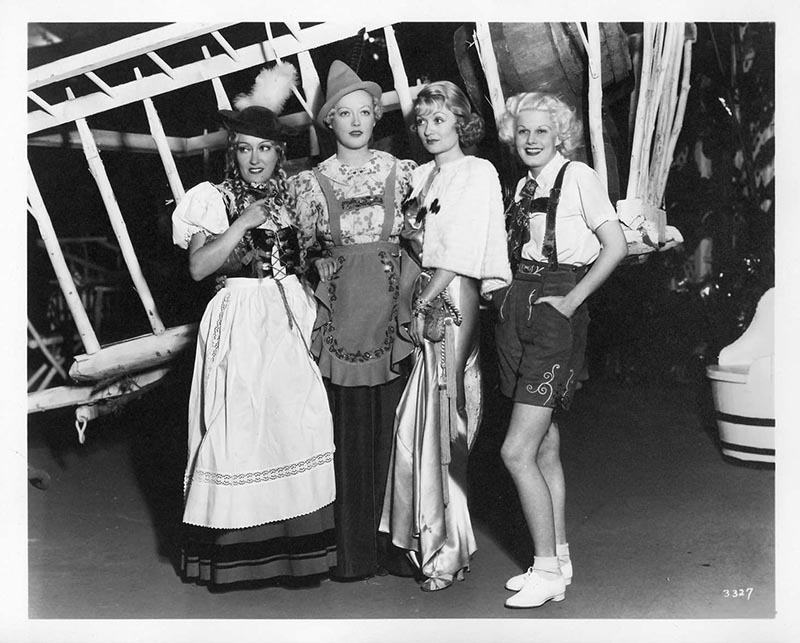
This Tyrolean themed party was hosted by Marion Davies in the pointy hat. She’s accompanied by Gloria Swanson, Constance Bennett and Jean Harlow. Source: Glamamor
Debutante balls were quite common at this time. “Poor little rich girl” Barbara Woolworth Hutton had her coming out celebration at the Ritz in New York City to the tune of $60,000 ($1 million today). The Astors and the Rockefellers were some of the party’s more highfalutin guests, and Rudy Vallee entertained the multitudinous crowd. Hutton fell under harsh public criticism for such an opulent display, to the point that she was forced to flee to Europe to escape the press.
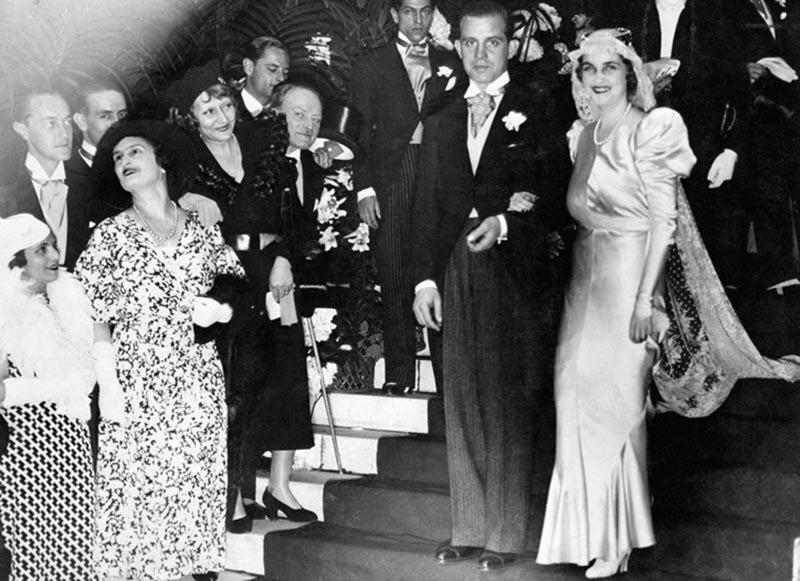
Barbara Hutton married self-styled prince Alex Mdivani of Georgia in 1933 after her debutante ball. She would go on to marry six more times and continue to spend lavishly.
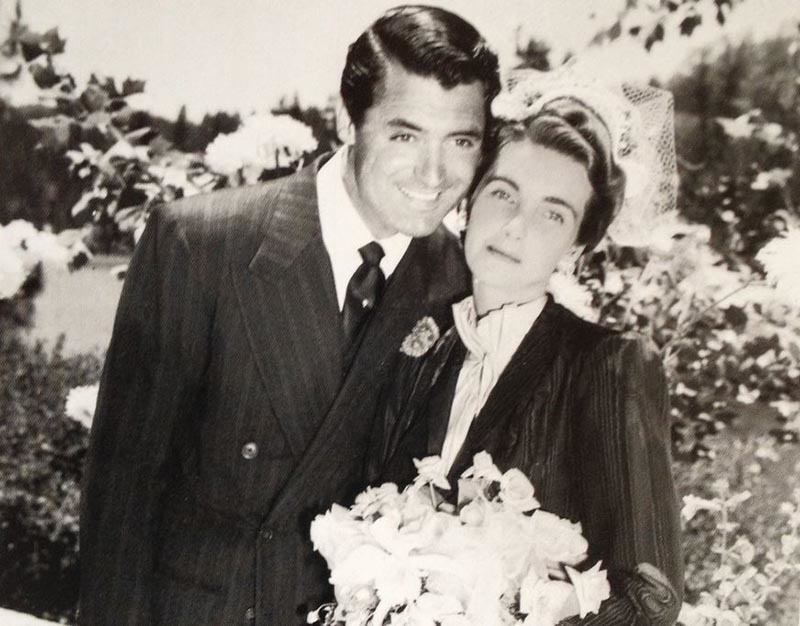
Hutton’s third husband was famous actor Cary Grant. The media dubbed the coupled “Cash and Cary.”
The social elite cavorted in other countries, too. The Agua Caliente Hotel and Casino in Mexico was another hotspot for anyone who wanted to be seen. Located in Tijuana, the hotel gained popularity among celebrities during Prohibition because gambling and alcohol were still legal in Mexico.
Rita Hayworth got her start at the hotel, but the haunt’s glory days wouldn’t last. In 1935 owners closed Agua’s doors after Mexican President Lazaro Cardenas outlawed gambling.
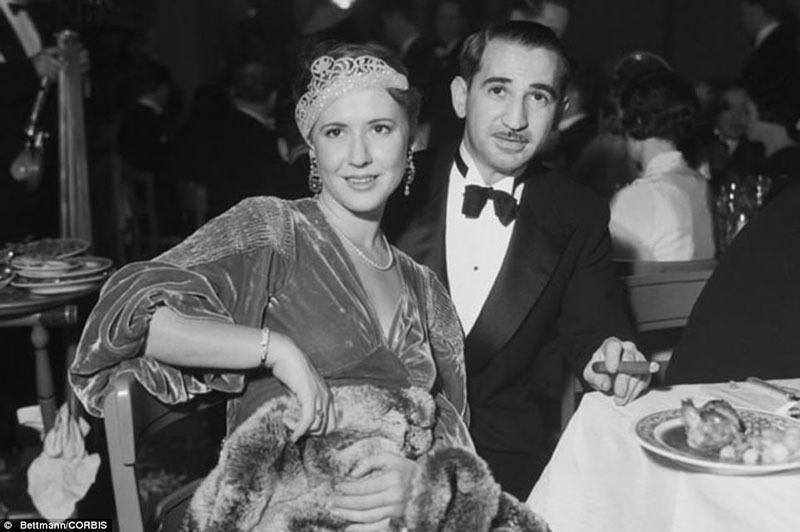
Mae Clarke, star of film and stage, rang in the New Year with Dr. B. Blank in 1934 at the Agua Caliente.
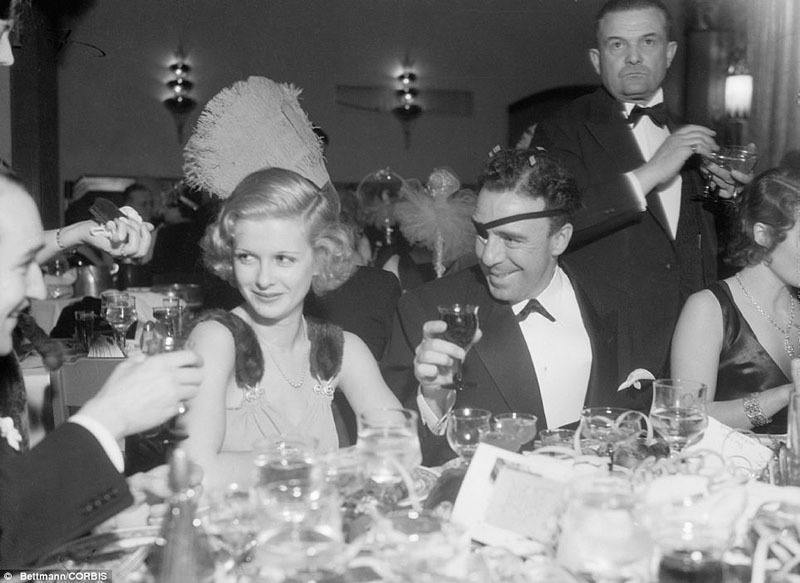
Joan Bennett pictured with director Raoul Walsh at the Agua Caliente in 1933. Only two years later the site would close and take it with the glamour of an unbelievable era.
The Hollywood elite didn’t only relish in extravagant parties in the 1930s, they also delighted in jewelry. Diamond demand was on the decline due to the failed economy and its cheaper, more modest bands and metalwork became truly competitive substitutes.
DeBeers had already established a monopoly on the diamond mines in South Africa, so it only makes sense that they would turn to advertising executives in uber-opulent New York to boost their sales. The ad agency used Hollywood starlets to advertise diamonds and within three years sales rose by fifty percent. This would create the standard of diamond giving for engagements in the modern era.
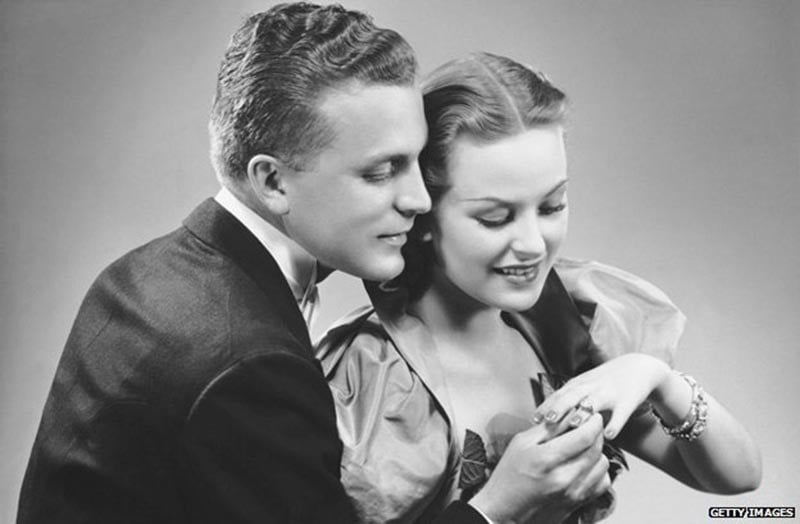
A “Diamond is Forever,” according to DeBeers.
The oblivion could only last so long. Eventually, the dust would settle, America would be drawn into the Second World War and jobs would be created while wealth would be compressed. Women would tie back their hair, don pants and join the workforce.
The elite wouldn’t be respected for throwing parties but rather for their philanthropic interests, and the Dirty Thirties would be just a memory.





